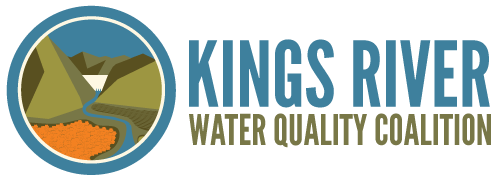What should I expect under the General Order?
The General Order covers discharges to both surface water and groundwater and makes no distinction between the two for regulatory coverage. All members will be required to prepare and submit a Farm Evaluation Plan, a Nutrient Management Plan, and, if applicable, a Sediment and Erosion Control Plan. The requirements for implementation, preparing and submitting these plans vary depending on the collective size of the farming operations (above or below 60 total acres) and whether the parcels are located in a high- or low-vulnerability area. Members will be required to participate in education and outreach events concerning water quality. Either an electronic or hard copy of the General Order must be maintained where farm records are kept.
The Coalition will identify vulnerable areas when it prepares a Groundwater Assessment Report (GAR). The GAR will include a comprehensive study of available groundwater data, soil conditions, and other factors that potentially lead to the leaching of unused agricultural chemicals into groundwater. High vulnerability areas are regions where nitrates exceed the maximum contaminant level (under drinking water standard) for groundwater, while low vulnerability areas are areas where the risk to groundwater is reduced. The determination of the high and low vulnerability areas should occur approximately one year after the adoption date of the General Order, which occured on September 19, 2013. While the Coalition prepares this report, final determination of High and Low Vulnerable Areas will be subject to approval from the Regional Board.
Under the General Order, all members will be required to submit a Farm Management Plan. The Coalition will provide all members with a template for the plan. The plan will be submitted to the Coalition and the member will maintain an on-farm copy for Regional Board inspection, if requested.
The Coalition will summarize the information in the Farm Evaluations received from members and submit a summary report to the Regional Board. The summary report will not include parcel- or member-specific information. If your lands fall within the high vulnerability area, members will be required to complete a certified Nutrient Management Plan and submit a summary to the Coalition. Again, the Coalition will provide all members with a template for the plan. These plans focus on nitrogen-based fertilizers and compare the amount of applied nitrogen against the crop nitrogen requirements. The plan can be certified by a Certified Crop Advisor, Pest Control Advisor, Soil Scientist, or Natural Resources Conservation Service (NRCS)-certified Technical Service Provider. Plans may also be self-certified under California Department of Food and Agriculture (CDFA), the NRCS, or the UC Cooperative Extension.
If lands fall with the low vulnerability area, members with be required to complete but not submit the Nutrient Management Plan and will maintain an on-farm copy for Regional Board inspection, if requested. Nutrient Management Plans in low vulnerability areas do not require certification.
The Coalition will summarize the information in the plans received from members in the high vulnerability areas and submit a summary report at a township level of detail to the Regional Board. The summary report will not include parcel- or member-specific information. All Nutrient Management Plans need to be kept on-farm and made available to Regional Board staff if so requested. If your lands have a potential for the run-off of sediment or erosion, you will required to prepare a Sediment and Erosion Control Plan. This plan outlines practices to be implemented to control sediment or erosion during irrigation or storm events.
